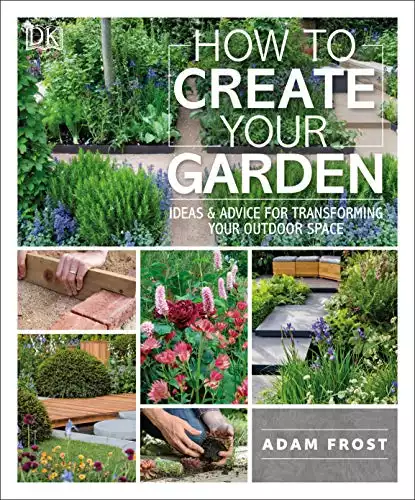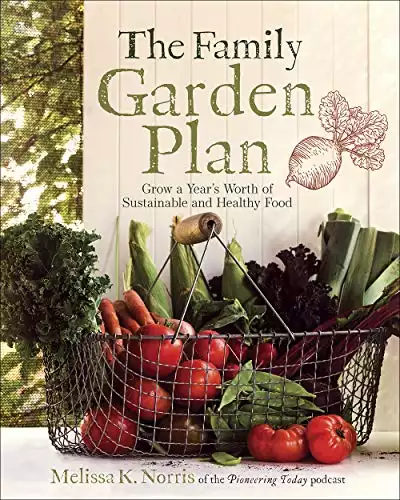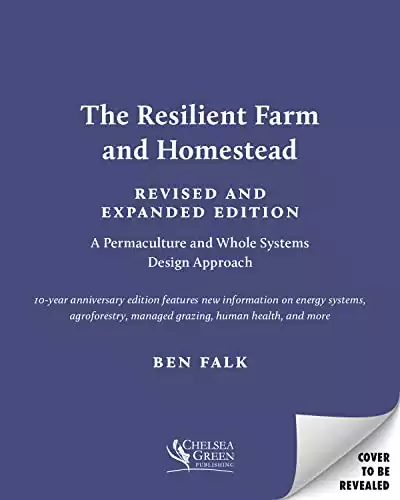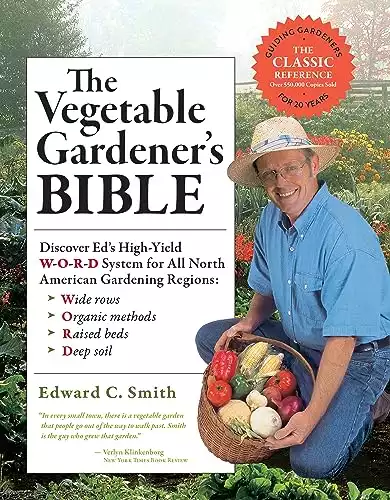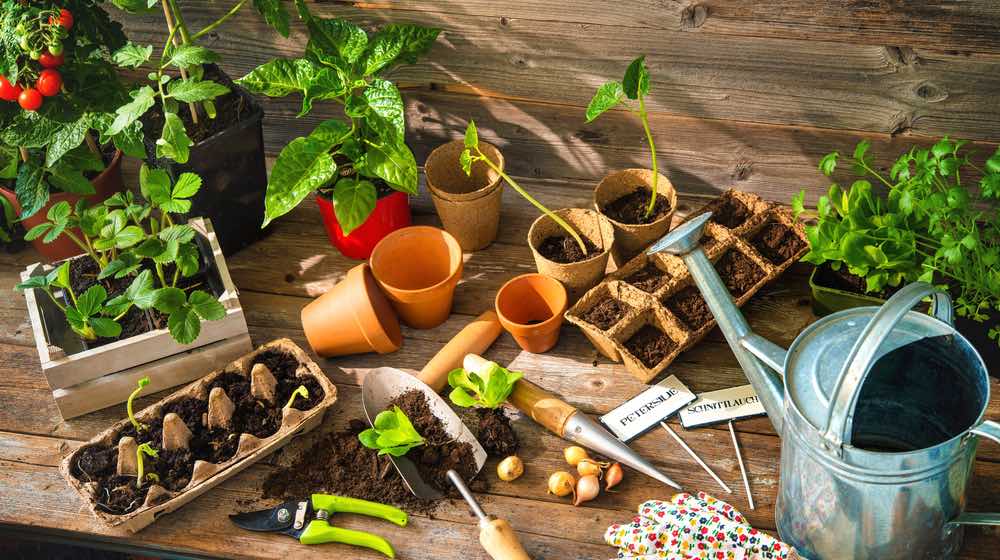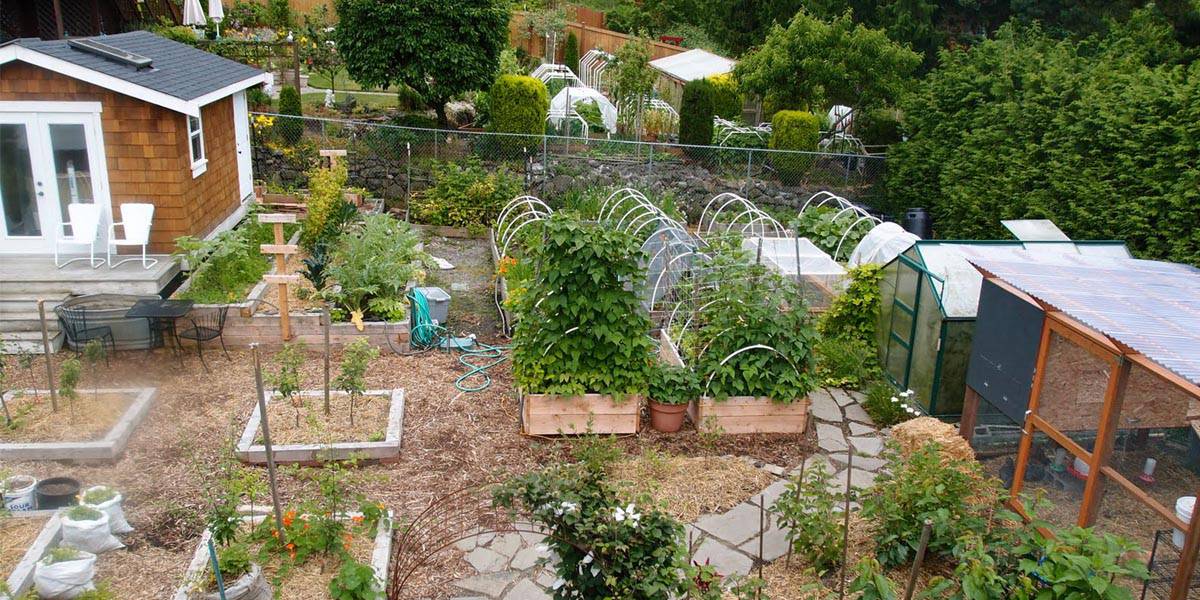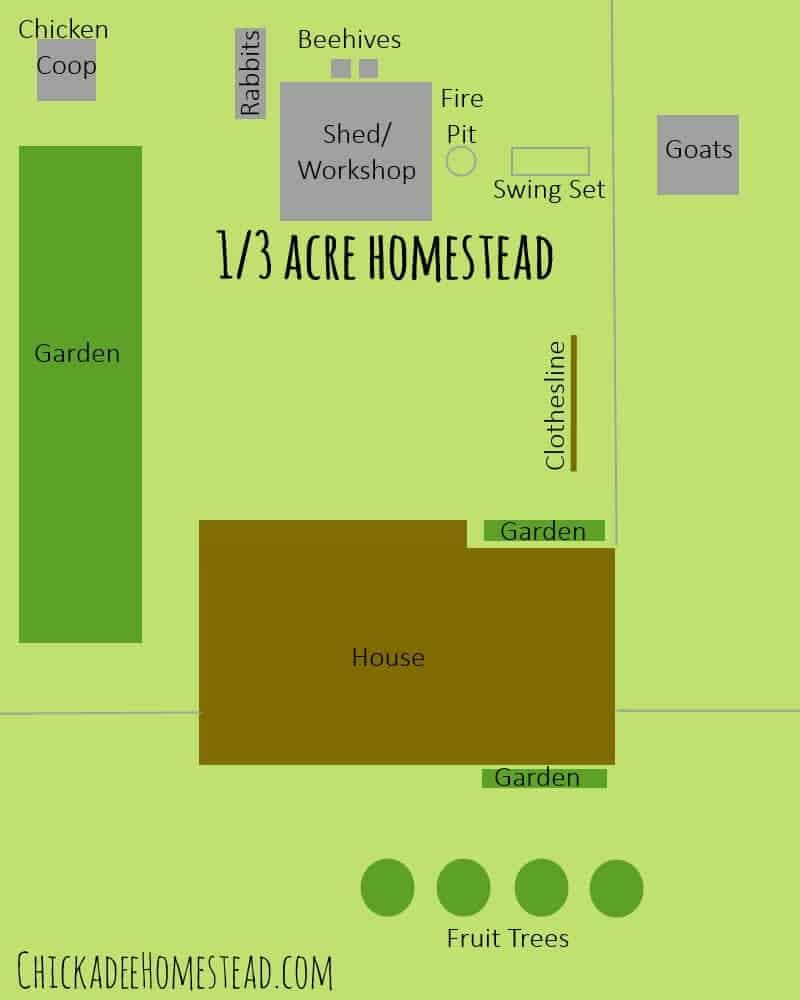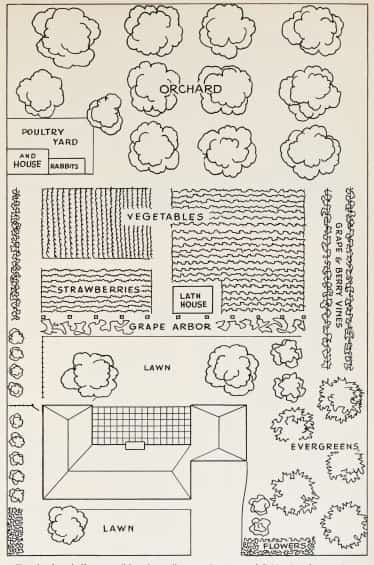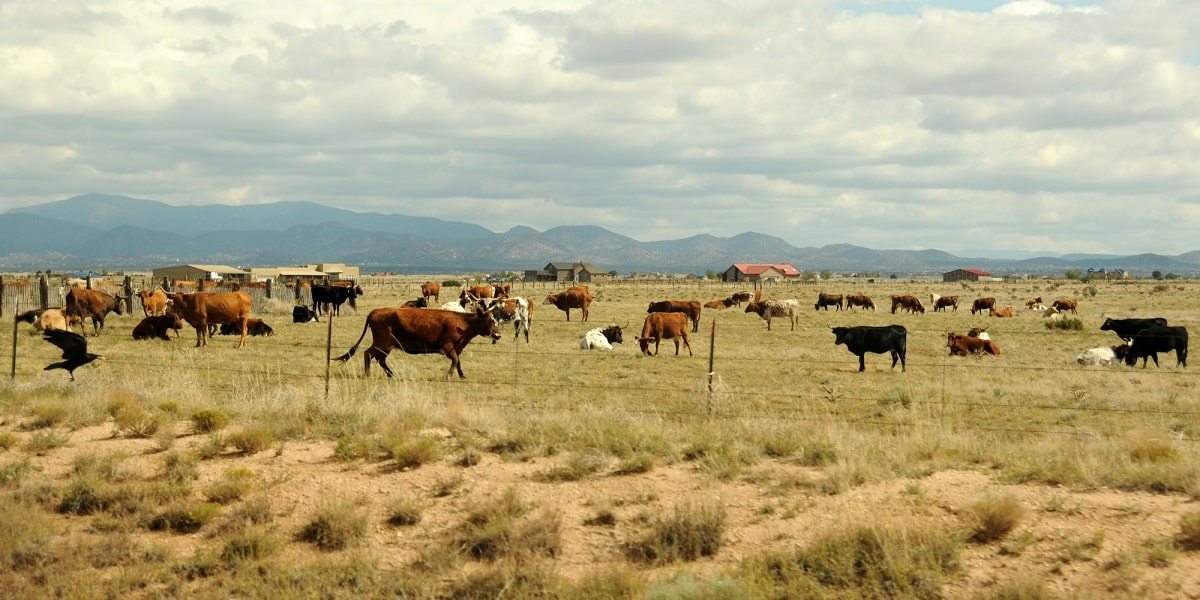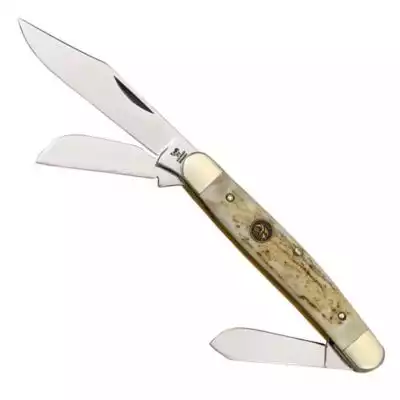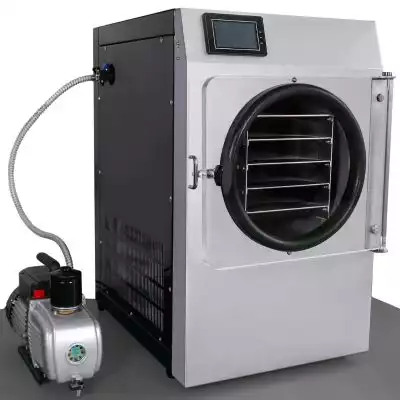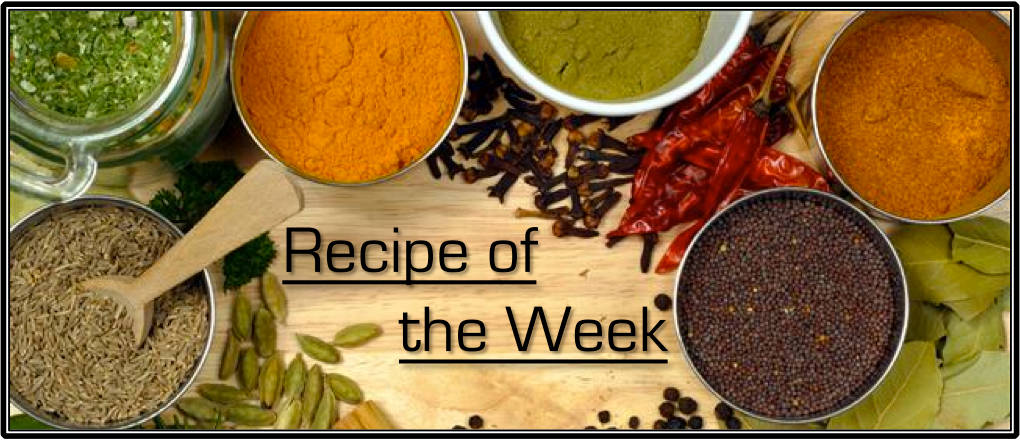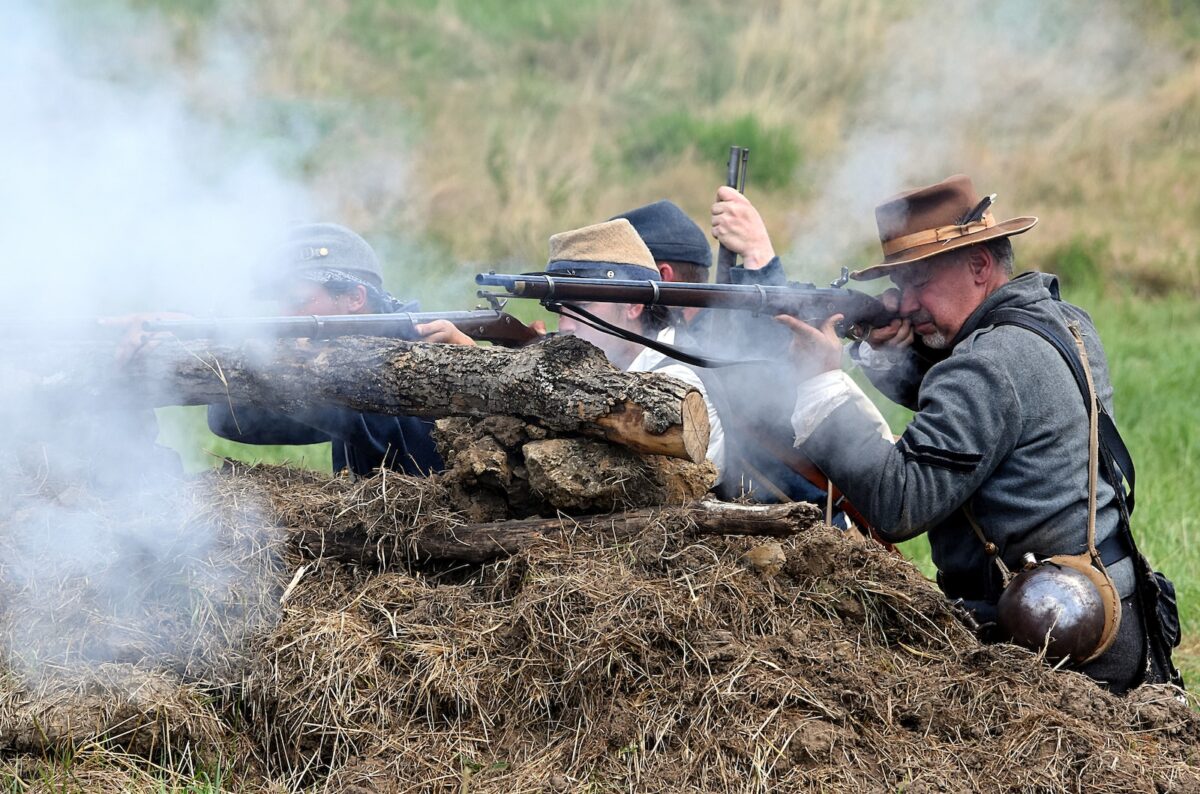One of the hottest topics in the prepper and survivalist world is how to make penicillin at home.
Considering how expensive healthcare is, I wouldn’t be surprised if there aren’t some DIY types also wanting to learn how to make penicillin.
Because penicillin is “just mold bread” and was discovered by accident, it might seem pretty easy to make penicillin. Yes, it is – but it is really hard to make penicillin safely. If you want to learn how to make DIY penicillin, here’s what you need to know.
Even in SHTF Situations, Homemade Penicillin Probably Isn’t a Good Solution
Before I even get into the (complex) instructions on how to make penicillin at home, I want to emphasize that it isn’t as straightforward as many prepper sites would have you think.
- Penicillin doesn’t treat superbugs: Antibiotic-resistant bacteria is a huge problem. Already many bacterial strains are resistant to penicillin. So, don’t count on penicillin to save you from every infection!
- Penicillin doesn’t treat all infections: Penicillin can be used in many throat, respiratory, and skin infections. It won’t treat tooth infections or UTIs (amongst others).
- It requires strange ingredients: Most people won’t have these things at home if SHTF. That’s an insane level of preparedness. Even if you do have the supplies, it’s still very complicated to safely make penicillin.
When Would I Recommend Learning to Make Penicillin?
I think learning any skill is a good use of time. However, I personally think that this one only makes sense if you plan on becoming an expert. I mean REAL EXPERT.
Why?
Because you could make penicillin as a SHTF bartering item. You’ll become much more valuable to your survival community if you know this too. Otherwise, you are spending a lot of time on this skill when simpler alternatives exist.
Alternatives to Homemade Penicillin
Most doctors won’t give out prescriptions for antibiotics “just in case.” Even if they did, those antibiotics can be really expensive!
A better alternative is to use fish antibiotics, which currently don’t require a prescription, are cheap, and easy to get.
Recommended Reading: What you need to know about fish antibiotics for humans
But, just in case you still want to learn to make penicillin, here are the instructions!
Good luck!!!
Step 1. Isolating Penicillin Bacteria
Put a piece of bread, cantaloupe, or citrus fruit in a container in a dark place at 70 degrees F. It should be in a closed (but not airtight) container. It helps to add a few drops of water to the container and leave all but one corner closed to keep in moisture.
It can take weeks for the mold to start growing. Hopefully, you aren’t trying to treat gangrene with your DIY penicillin because your patient will likely be dead before you get any usable spores.
The bread or fruit will start getting a gray mold. This gray mold will eventually turn a bluish-green color. This is the…


